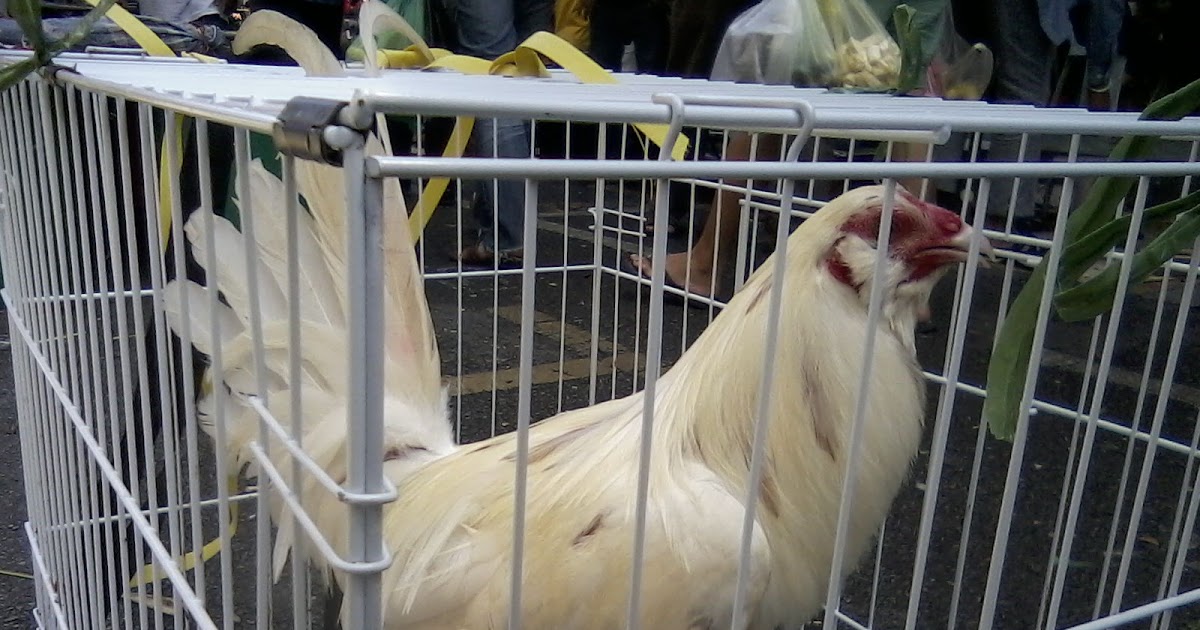Case Study: The Social and Economic Implications of Cockfighting in Rural CommunitiesCockfighting, the practice of pitting two roosters against each other in a fight for entertainment and gambling, has a long history in various cultures around the world. Although it is illegal in many places, including the United States, it persists as a prominent activity in some rural communities, often rooted in tradition and community identity. This case study explores the social and economic implications of cockfighting in a rural town in Central America, where the practice remains a deeply embedded cultural phenomenon.
Background
In the small town of San Pedro, known for its agricultural production and vibrant tradition, cockfighting is not just a pastime; it is a community event that attracts locals from surrounding regions. Each weekend, the town’s cockfighting arena fills with spectators eager for the thrill of the fights. The event serves multiple purposes: it is a source of entertainment, a venue for social interaction, and a means of economic exchange.
Social Implications
Cockfighting is woven into the fabric of San Pedro’s community life. It brings people together, fostering a sense of camaraderie and shared identity among participants and spectators. Families often attend as a unit, reinforcing familial bonds, while local businesses benefit from increased foot traffic. Bars and food stalls surrounding the arena thrive during events, creating informal job opportunities for locals.
However, the social dynamics of cockfighting also reveal darker aspects. While the majority of the community views the practice as a harmless tradition, animal rights advocates argue that it promotes violence and cruelty. After bouts, injured roosters are often euthanized, raising ethical concerns that have sparked heated
debates. This dichotomy creates a rift in the community, with some urging reform and others staunchly defending the tradition.
Economic Implications
The economic landscape in San Pedro significantly relies on cockfighting. Many local farmers breed roosters specifically for this purpose, which can be a lucrative venture. A well-trained rooster can sell for thousands of dollars,
url making it an attractive agricultural product. Cockfighting events also generate income through entrance fees and betting, providing a windfall for the arena owners and contributing to the local economy.
However, the underground nature of unregulated cockfighting also poses risks. Law enforcement in the region has been inconsistent, potentially leading to criminal charges for participants and patrons alike. Additionally, relying on a controversial practice for economic sustenance creates vulnerability; as public sentiment shifts towards animal rights, the sustainability of this income source may be jeopardized.
Community Responses and Future Directions
In response to growing pressures for reform, some community leaders in San Pedro are advocating for regulated cockfighting events. By establishing rules that ensure better animal welfare, they hope to preserve the cultural significance of the sport while mitigating ethical concerns. Moreover, such regulations could attract a broader audience, including tourists interested in cultural experiences, thereby increasing economic benefit.
Conclusion

Cockfighting in San Pedro exemplifies the complex interplay between tradition, community identity, and ethical considerations. While it provides a vital social and economic outlet for the town, the practice is increasingly scrutinized in the context of animal welfare. As attitudes evolve, stakeholders must navigate these challenges to find a sustainable and ethical path forward. The future of cockfighting in San Pedro will depend on the community's ability to balance tradition with the growing demand for humane treatment of animals.